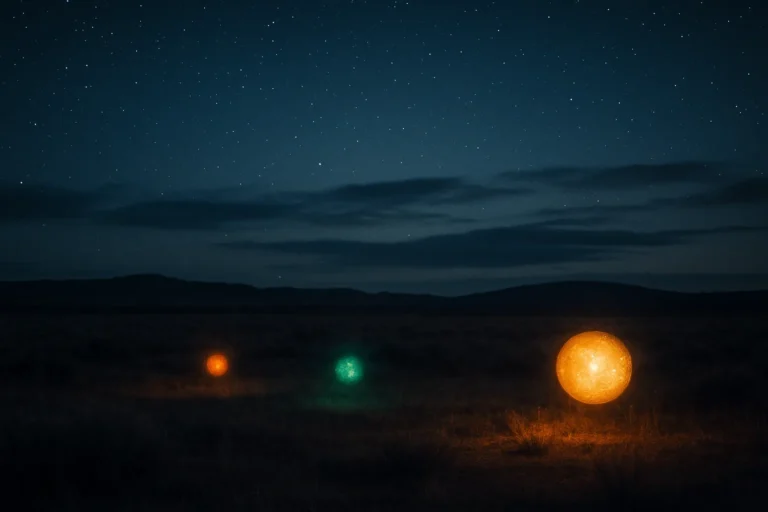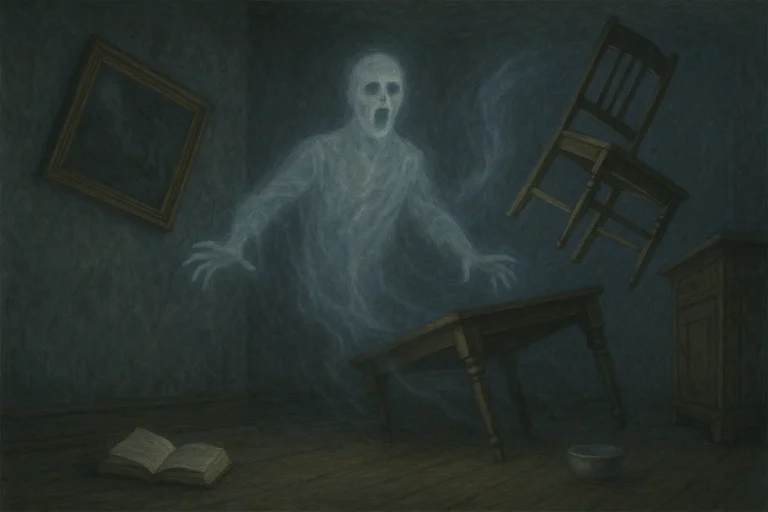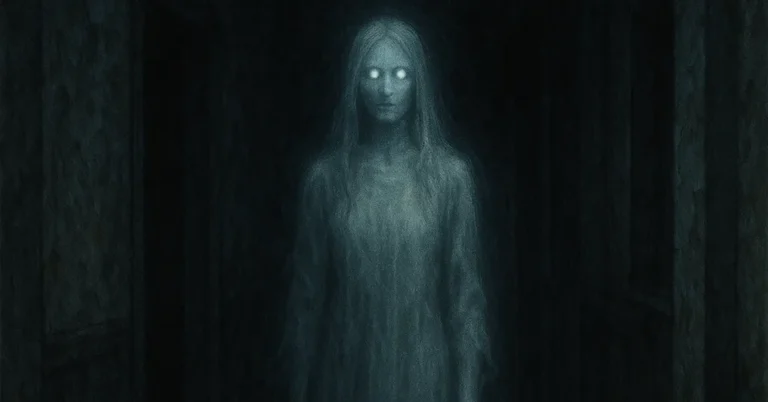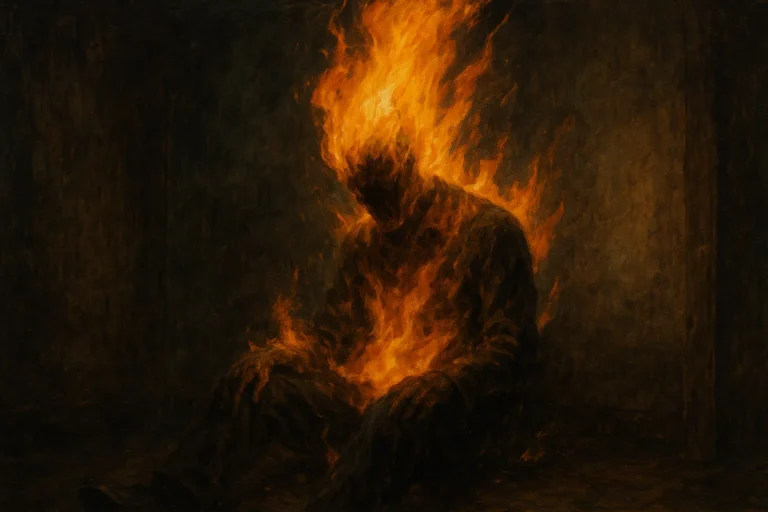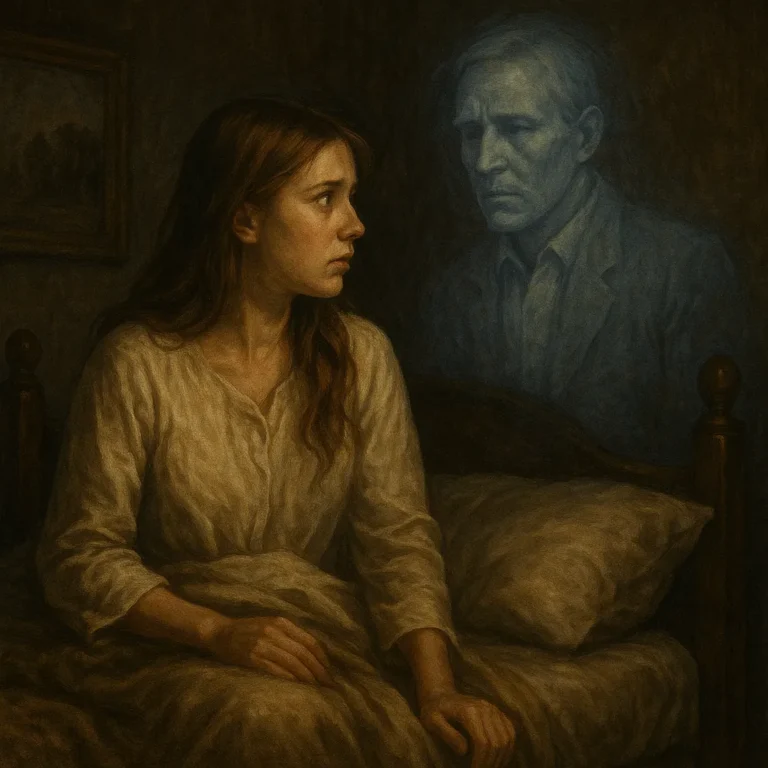Near-Death Experiences: Glimpses Beyond the Veil
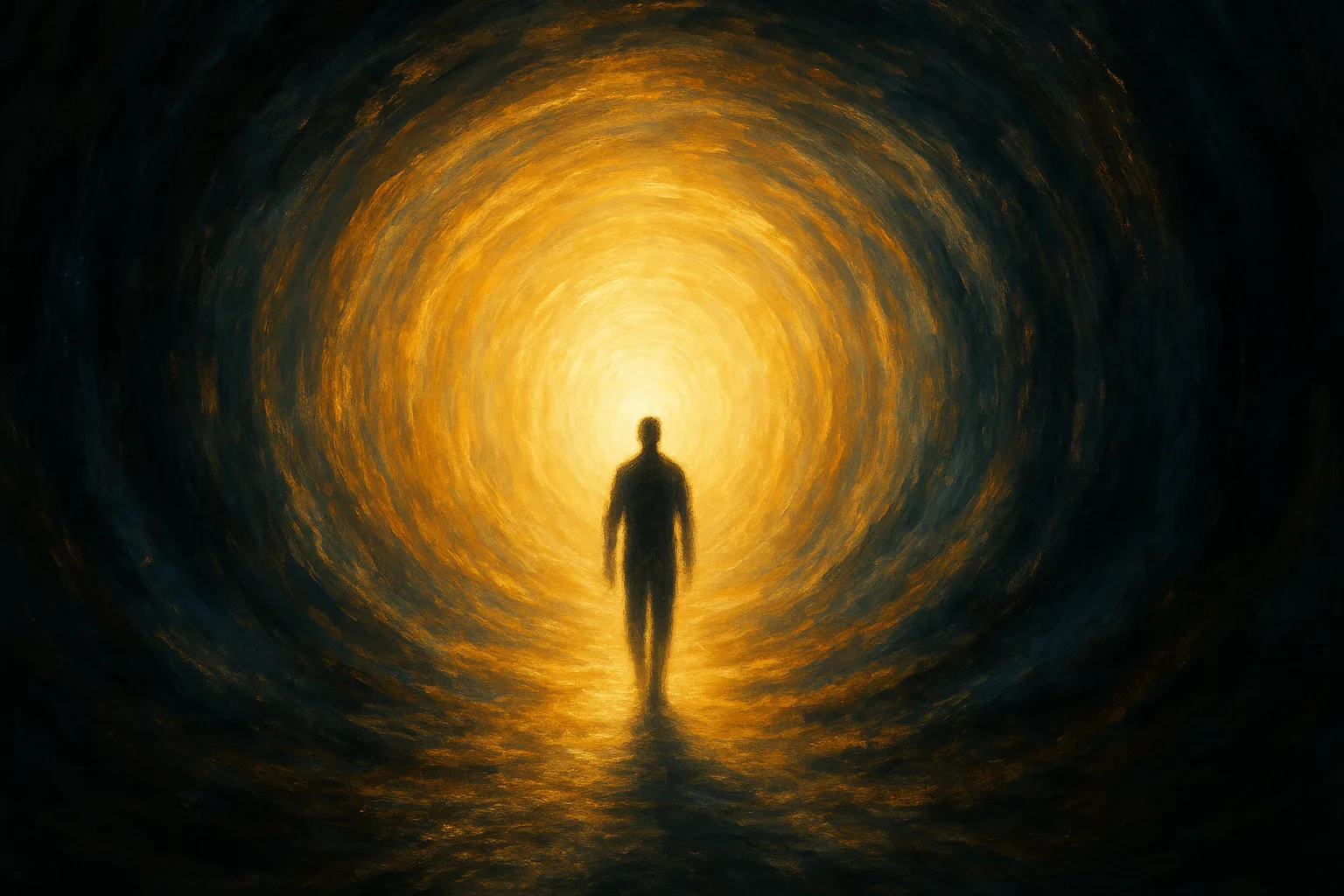
It often starts in the most clinical of places — a hospital operating room, a crash site, a heart attack on the living room floor. Life hangs by a thread, and for a moment, maybe longer, that thread snaps. And yet… something happens. The person comes back with stories. Of a tunnel filled with light. Of rising above their own body, watching the doctors work. Of a deep, overwhelming peace. Of being told — gently — that it’s not their time.
These are near-death experiences, or NDEs. They’ve been reported by people across the globe, from all walks of life and belief systems. Some say they prove the soul survives death. Others argue it’s just the brain shutting down. But whatever the explanation, the consistency of these accounts — and the profound impact they leave behind — make NDEs one of the most compelling mysteries at the edge of life and death.
🌠 A Journey Through Light and Shadow
Common features of near-death experiences include a sense of floating, detachment from the body, movement through a tunnel, encounters with beings of light, and a panoramic life review. Some people say they met deceased loved ones. Others describe visiting places they struggle to put into words — landscapes that feel more real than reality, bathed in colors they can’t describe.
One frequently reported moment is the decision point: being told (or simply knowing) that they have to return. Sometimes they’re given a choice. Sometimes they’re pushed back abruptly. And when they wake — often in pain, confused, hooked to machines — the experience lingers.
Dr. Raymond Moody’s 1975 book Life After Life is credited with bringing NDEs into public awareness. In it, he compiled hundreds of testimonies from people who had technically “died” and then returned. What surprised him wasn’t just the stories themselves, but how similar they were. It was as if people were describing different sides of the same invisible place.
Could this consistency point to a shared truth?
🧠 The Brain’s Last Fireworks?
From a scientific perspective, the mystery of NDEs is tied to what happens in the brain during extreme trauma. As oxygen levels drop, the brain may flood with chemicals — endorphins, serotonin, DMT — that produce intense hallucinations and altered states of consciousness.
Studies using EEG have shown bursts of high-frequency brain activity even after cardiac arrest, suggesting the brain might enter a kind of hyper-alert state in its final moments. This might explain the vividness and clarity of some NDEs — the bright lights, the overwhelming emotions, the sense of detachment.
Others point to the effects of anesthesia, medication, or psychological expectation. In this view, NDEs are not glimpses of another world, but the brain’s attempt to make sense of trauma using imagery rooted in culture, memory, and belief.
Yet, there are stories that don’t fit so neatly into that box. Cases where people accurately describe conversations, objects, or procedures that happened while they were unconscious or clinically dead. Instances where blind people report visual details. Children describing events far beyond their comprehension.
Are these flukes? Or signs that consciousness might exist separately from the brain?
👁️ What People See When They Leave
One of the most studied aspects of NDEs is the so-called “out-of-body experience.” People report rising above their physical form, often describing the room, the medical staff, even their own bodies from a perspective near the ceiling. Some accounts go further — people claim to travel down hospital hallways, into waiting rooms, or to distant locations altogether.
In a few cases, details they describe have been confirmed. A flat object placed on top of a high shelf. A conversation that took place outside the operating room. Names of medical staff never introduced. These moments are rare — and hotly debated — but they raise a tantalizing question:
Can the mind really exist apart from the body, even for a few moments?
🔮 Changed by the Experience
Regardless of whether one believes NDEs are spiritual or neurological, what’s harder to ignore is the aftereffect. Many people who return from these experiences report a profound shift in how they see the world. They lose their fear of death. They often become more compassionate, more spiritual, more connected to nature or other people.
This transformation is so common that researchers have developed scales to measure it. Dr. Bruce Greyson, a psychiatrist and pioneer in NDE research, created the Greyson NDE Scale — a tool used to quantify how “deep” an experience is based on common elements.
One of the more surprising findings? The content of the NDE often doesn’t seem tied to religious belief. Atheists have NDEs. Devout people have them. Sometimes the experience aligns with their beliefs. Other times, it doesn’t. The core imagery — light, peace, a sense of being guided — shows up across cultures, faiths, and backgrounds.
Could that suggest a universal human experience — one that transcends doctrine?
🕯️ The Line Between Worlds
For all our advances in medicine and neuroscience, death remains our final frontier. Near-death experiences sit right on that edge — not quite life, not quite the beyond. They offer no proof, no definitive answers. But they do give us stories. Stories that are vivid, emotional, and difficult to dismiss.
Is it wishful thinking? The brain’s final flicker before it goes dark?
Or is it something more — a glimpse, a whisper, a brief parting of the veil?
Until we have more data, NDEs remain what they’ve always been: experiences. Mysterious, personal, and deeply human.
And maybe that’s enough to make them worth listening to.

